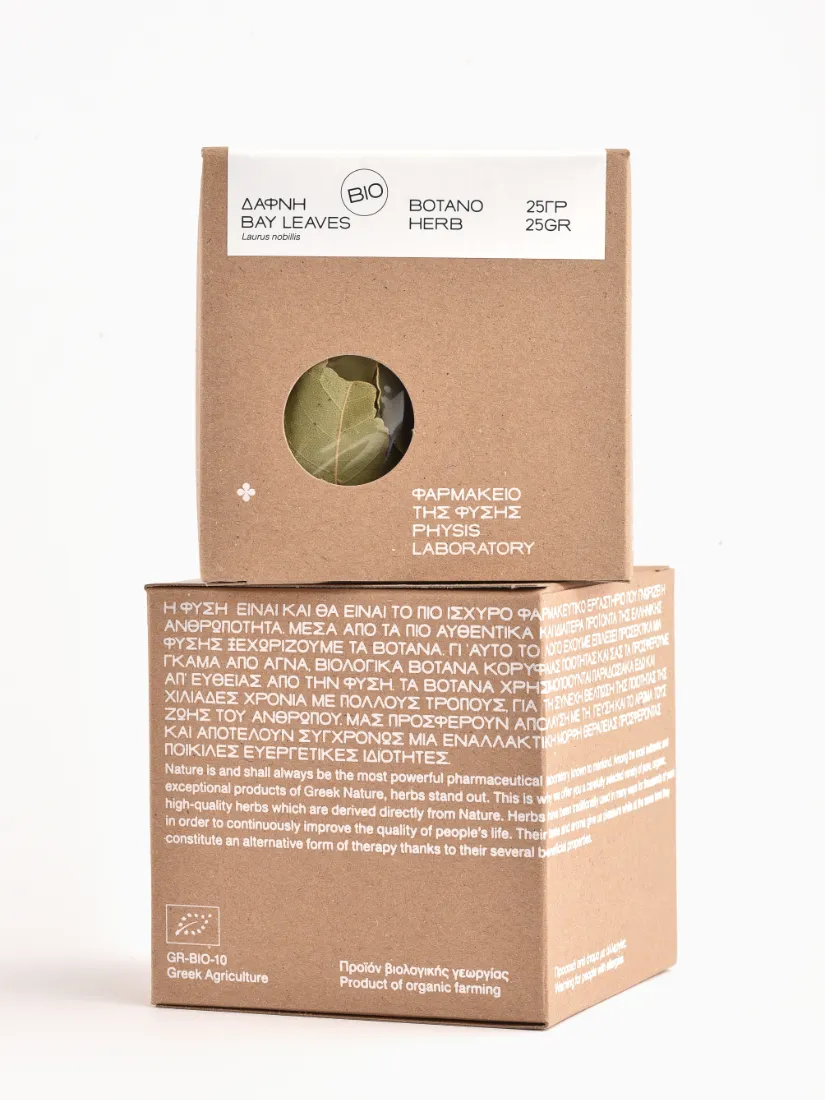Chbili C., Maoua M., Selmi M., Mrad S., Khairi H., Limem K., Mrizek N., Saguem S. & Ben Fredj M., (2020). Evaluation of Daily Laurus nobilis Tea Consumption on Lipid Profile Biomarkers in Healthy Volunteers. Journal of the American College of Nutrition, 39(8): 733-738. https://doi.org/10.1080/07315724.2020.1727787
Dobroslavić E., Repajić M., Dragović-Uzelac V. & Elez Garofulić I., (2022). Isolation of Laurus nobilis Leaf Polyphenols: A Review on Current Techniques and Future Perspectives. Foods, 11(2): 235. https://doi.org/10.3390/foods11020235
Julianti E., Jang K.H., Lee S., Lee D., Mar W., Oh K.B. & Shin J., (2012). Sesquiterpenes from the leaves of Laurus nobilis L. Phytochemistry, 80: 70-6. https://doi.org/10.1016/j.phytochem.2012.05.013
Pacifico S., Gallicchio M., Lorenz P., Duckstein S.M., Potenza N., Galasso S., Marciano S., Fiorentino A., Stintzing F.C. &, Monaco P., (2014). Neuroprotective potential of Laurus nobilis antioxidant polyphenol-enriched leaf extracts. Chemical Research in Toxicology, 27(4): 611-26. https://doi.org/10.1021/tx5000415
Khan A., Zaman G. & Anderson R.A., (2009). Bay leaves improve glucose and lipid profile of people with type 2 diabetes. Journal of Clinical Biochemistry and Nutrition, 44(1): 52-6. https://doi.org/10.3164/jcbn.08-188
Sancer O., Şahin U., Çetin E.S., Tepebaşi M.Y., Cezaroğlu Y., Bilir G., Yünlü S. & Koca A., (1992). Effect of Laurus nobilis on bacteria and human transforming growth factor-β1. Journal of the Brazilian Medical Association, 70(3): e20230683.
Lee T., Lee S., Ho Kim K., Oh K.B., Shin J. & Mar W., (2013). Effects of magnolialide isolated from the leaves of Laurus nobilis L. (Lauraceae) on immunoglobulin E-mediated type I hypersensitivity in vitro. Journal of Ethnopharmacology, 149(2): 550-6.
https://doi.org/10.1016/j.jep.2013.07.015
